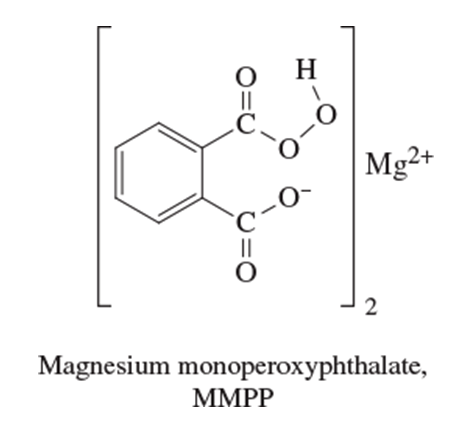What alkene would you treat with a peroxyacid in order to obtain each of the epoxides in Problem 27?
a. 2-propyloxirane
b. cyclohexene oxide

 Verified step by step guidance
Verified step by step guidance Verified video answer for a similar problem:
Verified video answer for a similar problem:



 2:19m
2:19mMaster General properties of epoxidation. with a bite sized video explanation from Johnny
Start learning